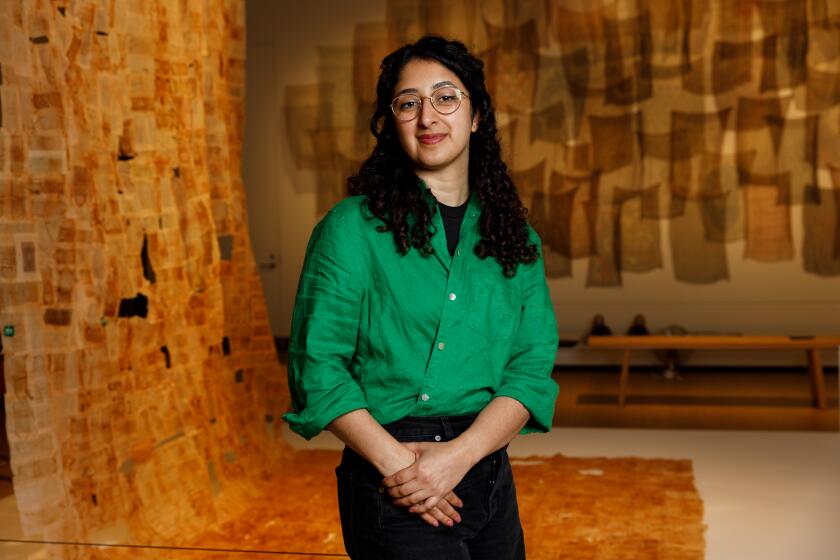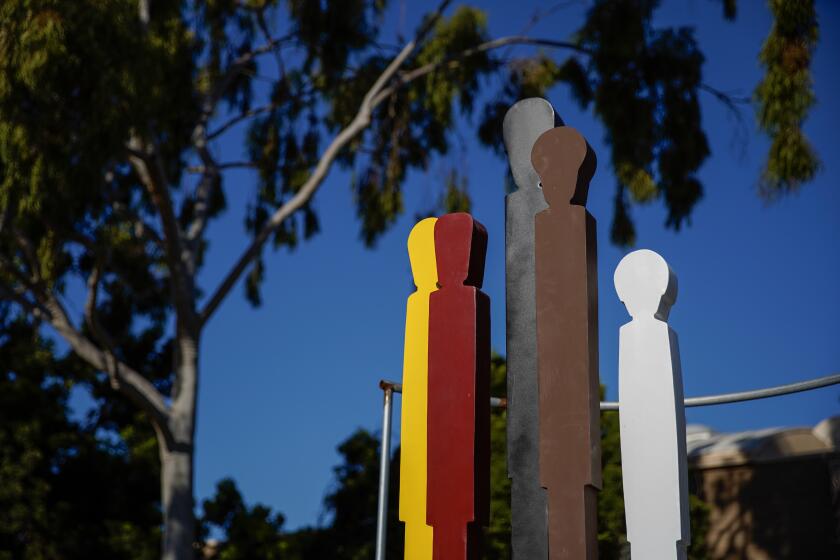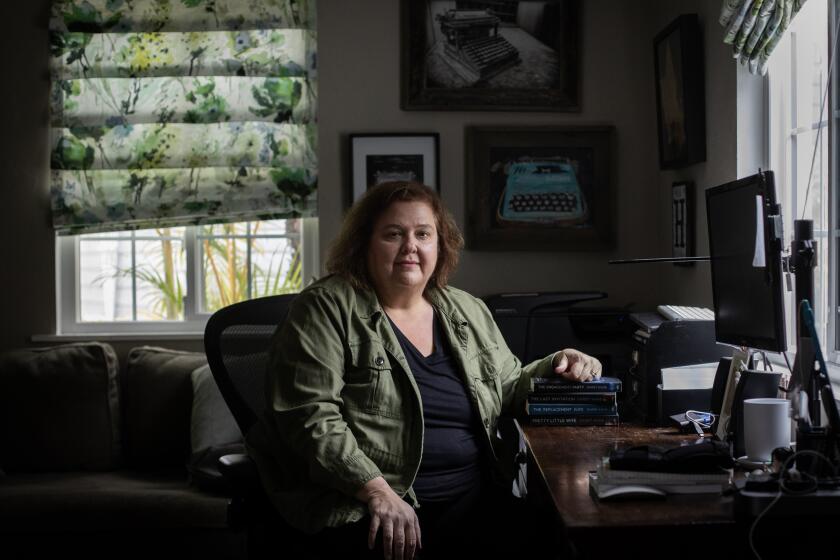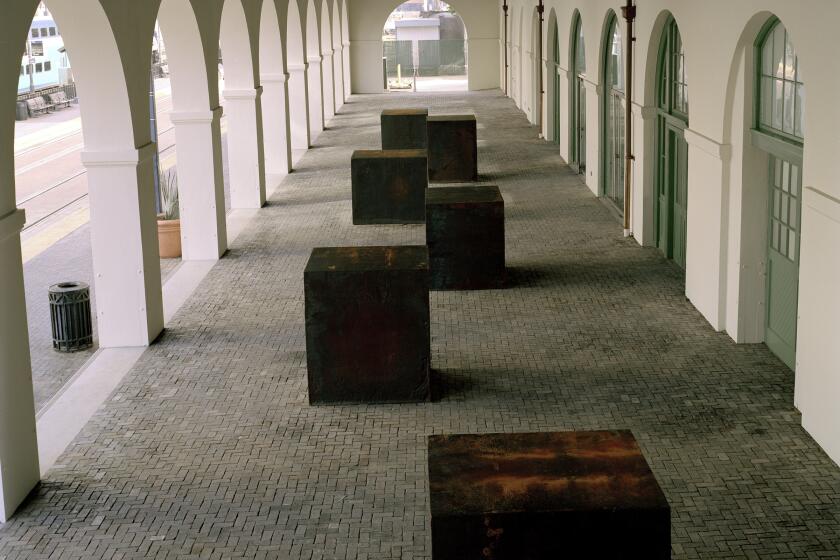Tijuana cultural museum hosts first Mexican exhibition by controversial Czech artist David Cerny: ‘Rebelión’

They attract attention. Definitely.
Case in point: “Brown-Nosing,” a half-body bent forward and standing more than 16 feet tall, in whose rectum resides a video installation that can only be seen if the viewer plunges his or her head into the hole.
“Power is corrupted by subculture,” is how David Černý describes this controversial, gargantuan sculpture.
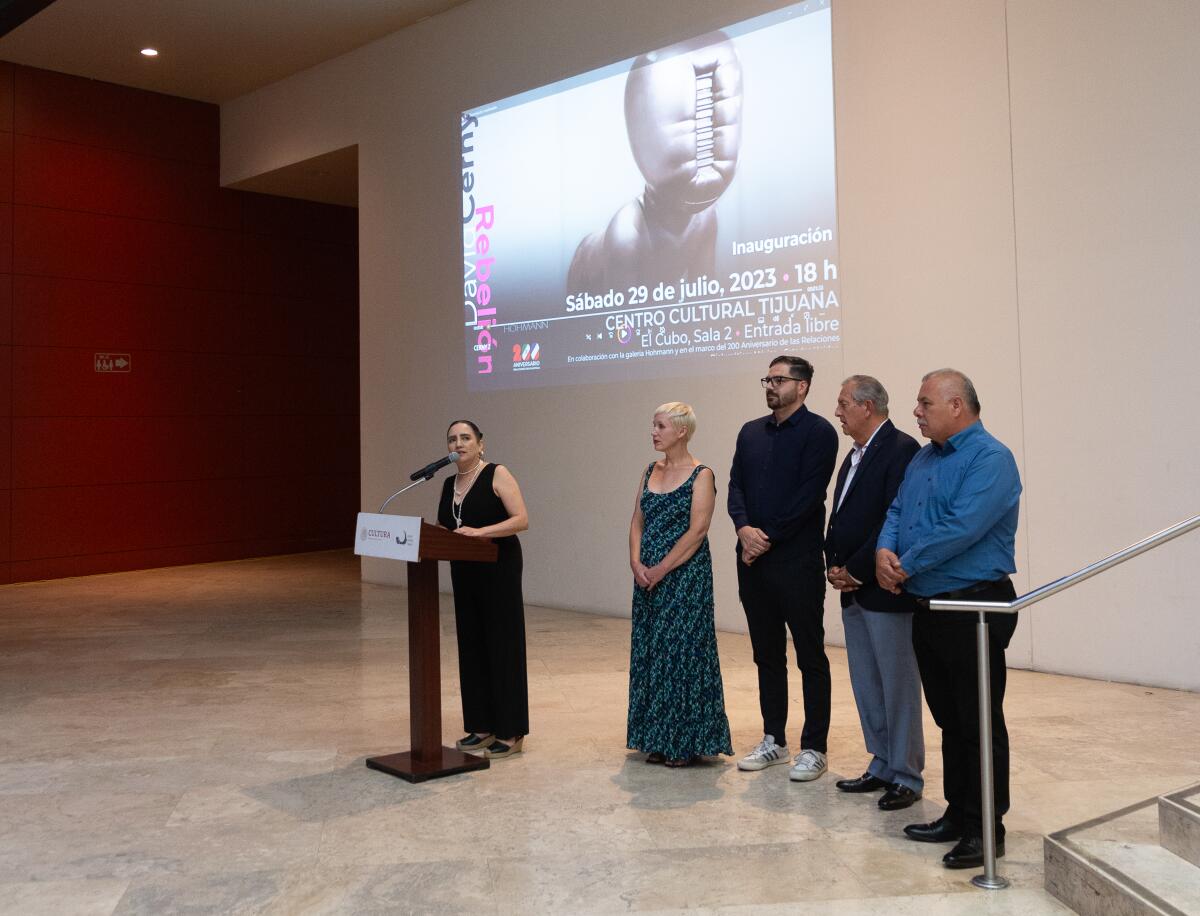
This work — and 15 others, including eight of Černý’s famous giant babies — are exhibited under the name “Rebelión” in gallery 2 of The Cube, at the Centro Cultural Tijuana (CECUT) museum in Mexico.
Born in 1967 into a family of artists, Černý has been poking at the ribs of moral and political institutions since 1991, when he first gained notoriety for painting a Soviet tank pink as a war memorial in his hometown of Prague in the Czech Republic.
Since then, his artistic acts of civil disobedience, large-scale installations and exhibitions provoke, irritate, amaze and baffle.
Another thing that stand out in his work is the eye-popping use of his sculptures in public spaces, offering a local perspective on global themes of war, technology, national boundaries, religion, power and corruption, among others.
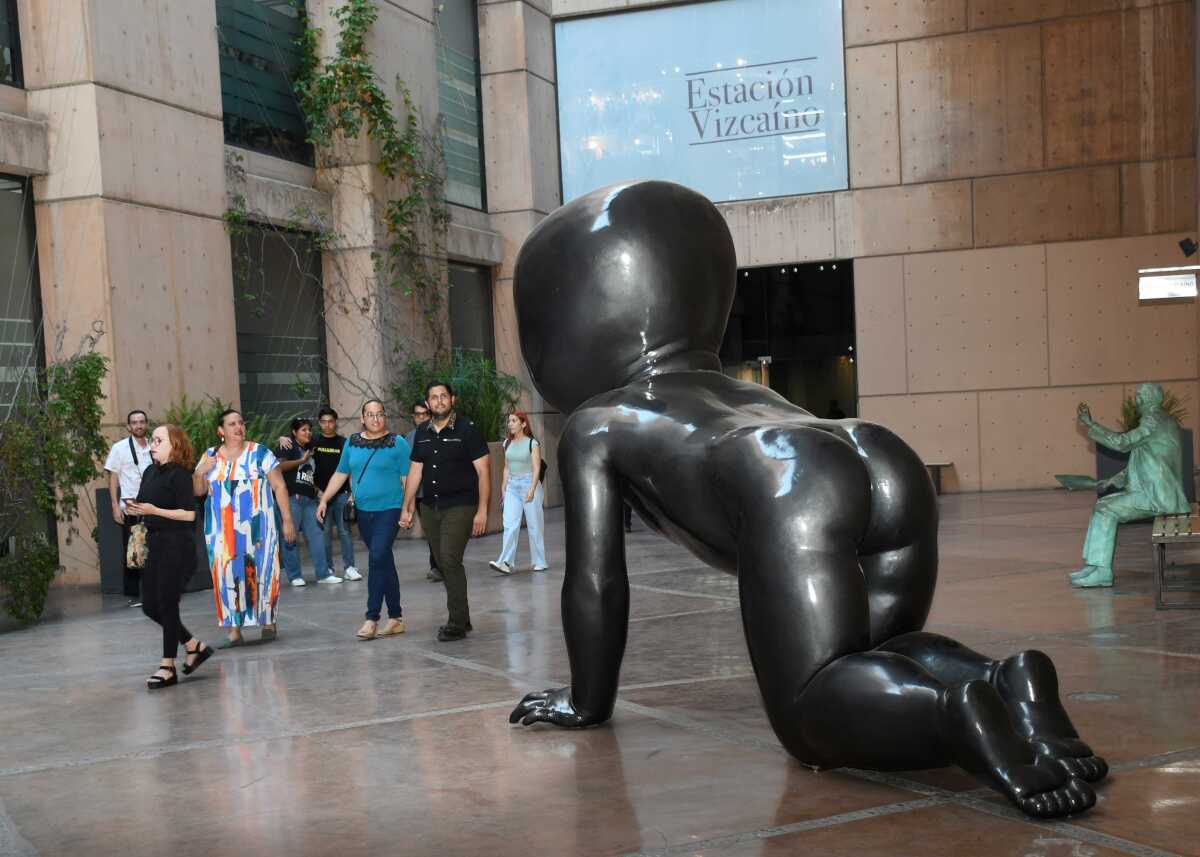
The “Rebelión” gives Tijuana residents opportunity to admire and question why Černý has been compared to other international artists like Anish Kapoor, (a British-Indian sculptor known for his massive silver beanlike sculpture “Cloud Gate” in Chicago) Yayoi Kusama (a Japanese artist known for her colorful polka-dot works) or the late Louise Bourgeo. (a French artist known for his large organic sculptures like the massive spider “She”).
CECUT officials say it took two years to cultivate this exhibition with the binational collaboration of the Museum of Contemporary Art San Diego and the Hohmann Gallery in Palms Springs.
Hohmann Gallery representative Virgina Repasky said at the opening of the exhibit on Aug. 1: “His work not only speaks to his native country but is universal. He asks each of us with each of his pieces not to be complacent but to think about things like social injustice, environmental problems and country invasions, so he asks us in his own way to think, question and act.”
On opening day, people lined up to enter room 2 of The Cube. The first object they encountered was a giant baby, just over six feet tall, in a crawling position and whose face is replaced by a stamped bar code. First presented at the Museum of Contemporary Art in Chicago in 1994, the giant babies have since been exhibited worldwide. The baby sculptures traveled to Tijuana from the Hohmann Gallery in Palm Springs, where they were on exhibit for nearly five years. Černý has said the faceless babies represent the dehumanization of society.
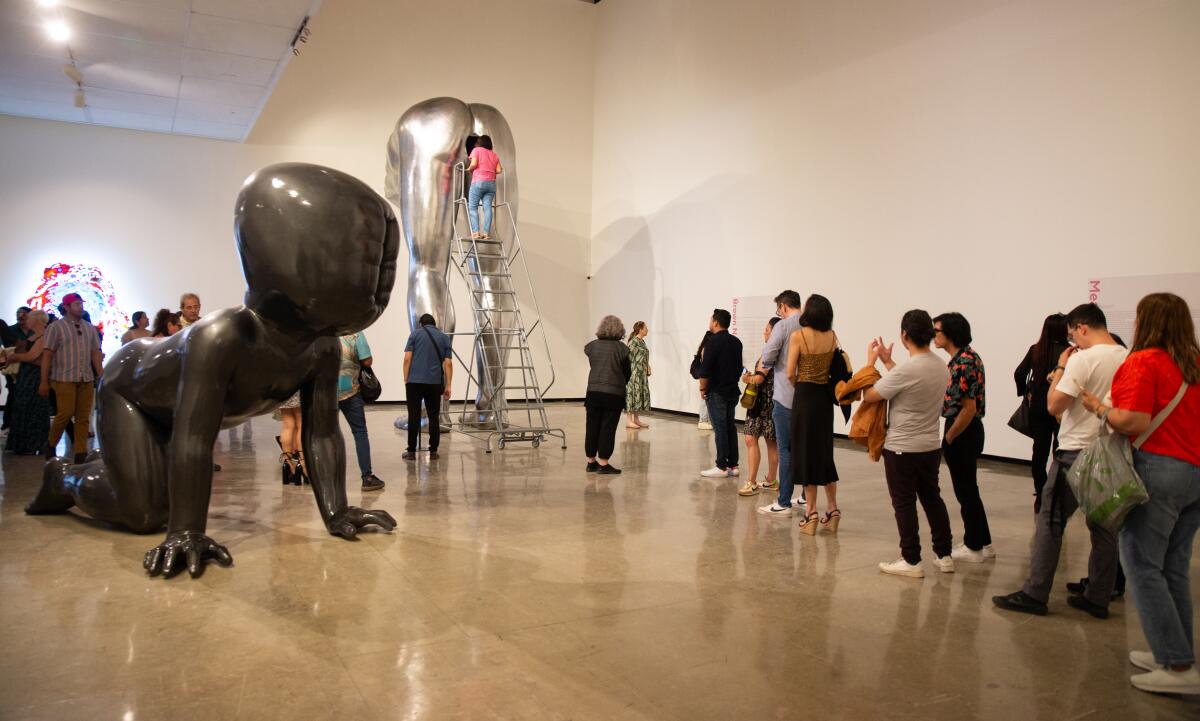
In an interview via Zoom, Černý talked about his work. The answers are edited for length and clarity.
Q: What would you like the viewer to feel when they see your work in “Rebelión”?
A: It is complicated because many pieces can have different meanings. For example, “Brown-Nosing” is a Czechoslovakian piece, including its video, because it is the representation of public figures who at the time were the president of Czechoslovakia and the director of the National Gallery in Prague. Both were jerks and in the video you see how they feed off each other.
This can become difficult to perceive, but on the other hand I have discovered how after 20 years it is understood to be about how the powerful feed off each other.
Q: Could you tell us about one of your other works?
A: “The Christ,” at the end of communism in Czechoslovakia the churches did not have the Christ sculpture, so many priests managed to make their own Christ by hand. Hence the joke that we could all be artists if you bought an assembly kit and created something yourself. It’s also inspired by my childhood, when we played at building airplanes.
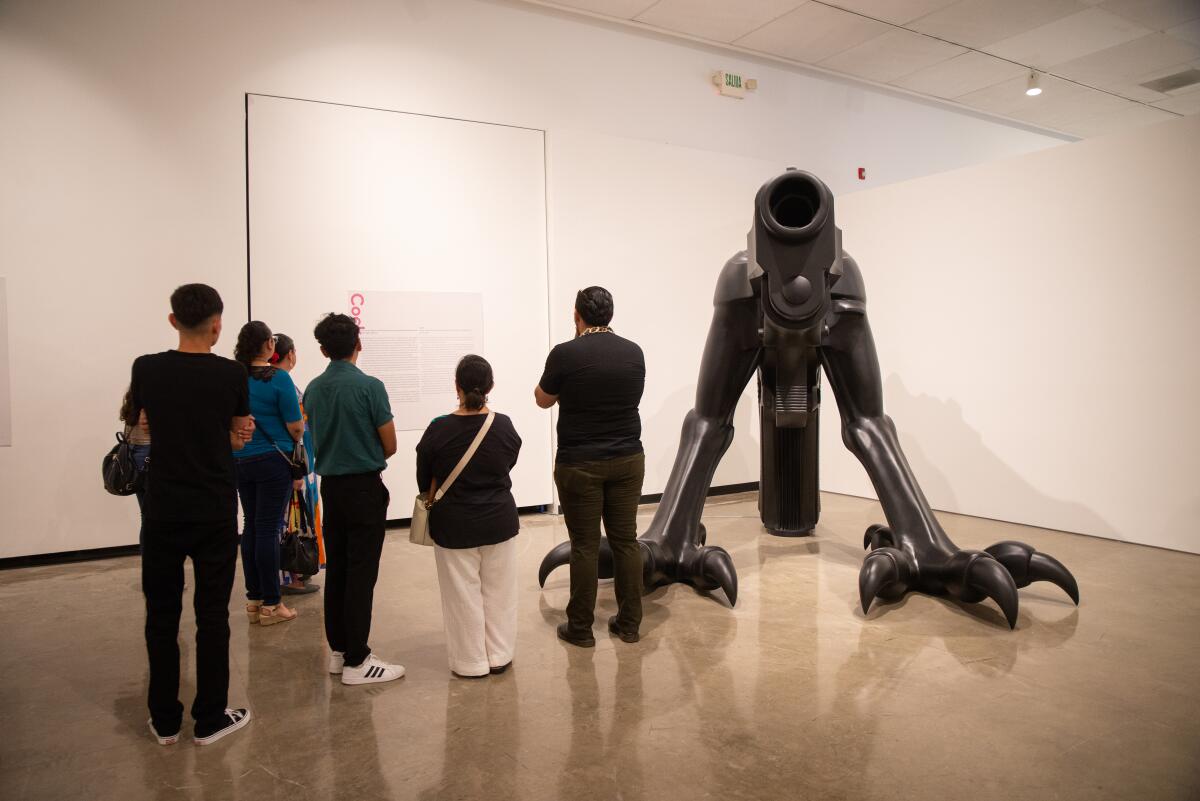
Q: What is the main goal of your work?
A: This is just artist selfishness and a desire to propagate oneself (laughs). It’s just to entertain and change the idea that people have about the world.

Q: What role does the concept of land play in your work?
A: Most of my work is based in the public space, few pieces are for galleries. Mine is more public installation. I think if you look at someone’s art, it doesn’t differ from their local meaning, it’s like bringing my life to someone else, however, there is hope that some pieces can be understood on a more universal level.
Q: Will there be any of your pieces on the streets of Tijuana?
A: If someone pays for it, yes.
‘Rebelión’ by David Černý
When: 10 a.m. to 7 p.m. Tuesdays through Sundays. Runs through February
Where: Room 2, The Cub, Centro Cultural Tijuana, Paseo de los Héroes, No. 9350, Zona Río, Tijuana
Tickets: $3 (or 50 pesos)
Phone: 011 52 (664) 687-9600
Online: cecut.gob.mx
Maya is a freelance writer.
Get U-T Arts & Culture on Thursdays
A San Diego insider’s look at what talented artists are bringing to the stage, screen, galleries and more.
You may occasionally receive promotional content from the San Diego Union-Tribune.

